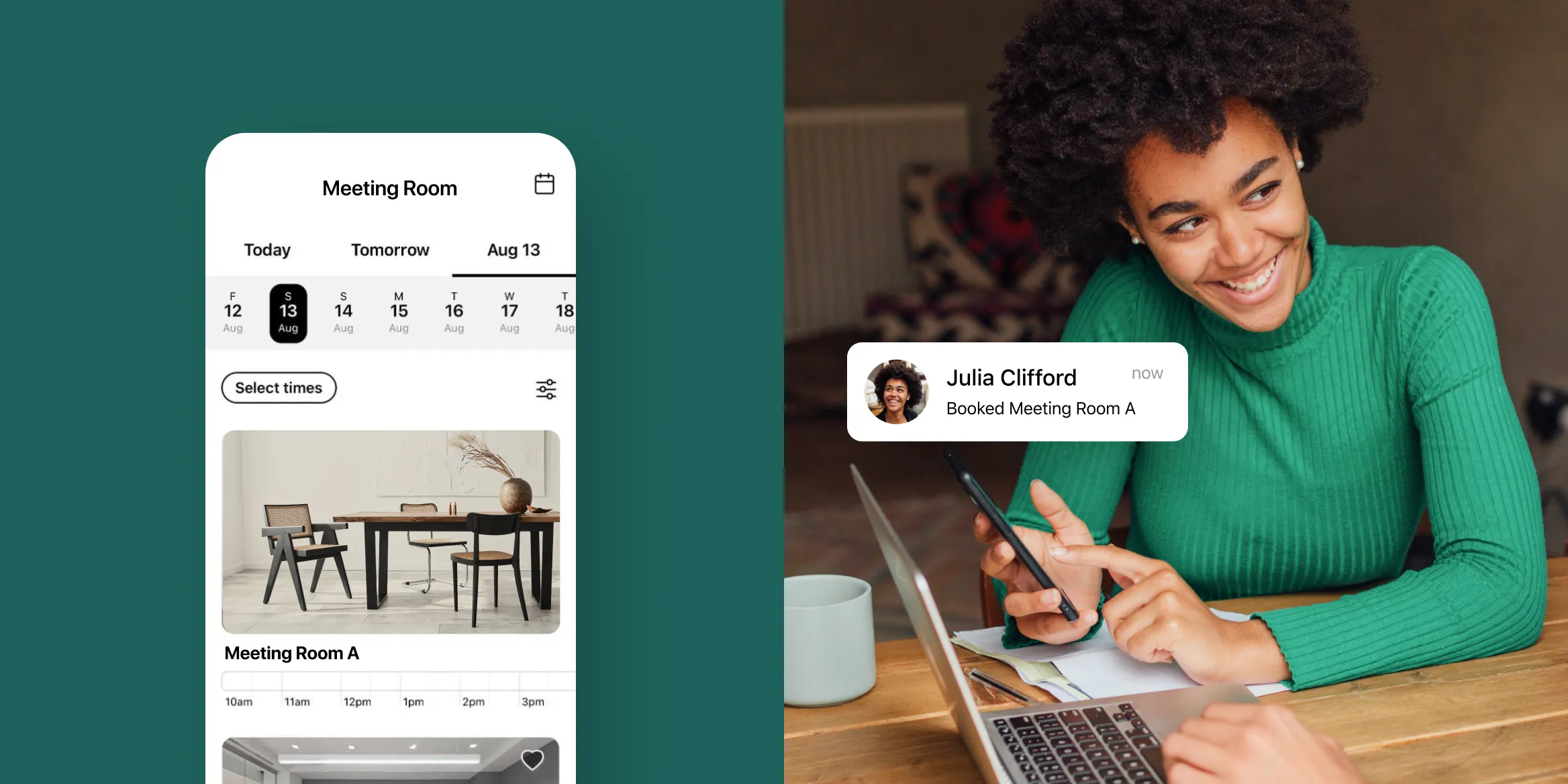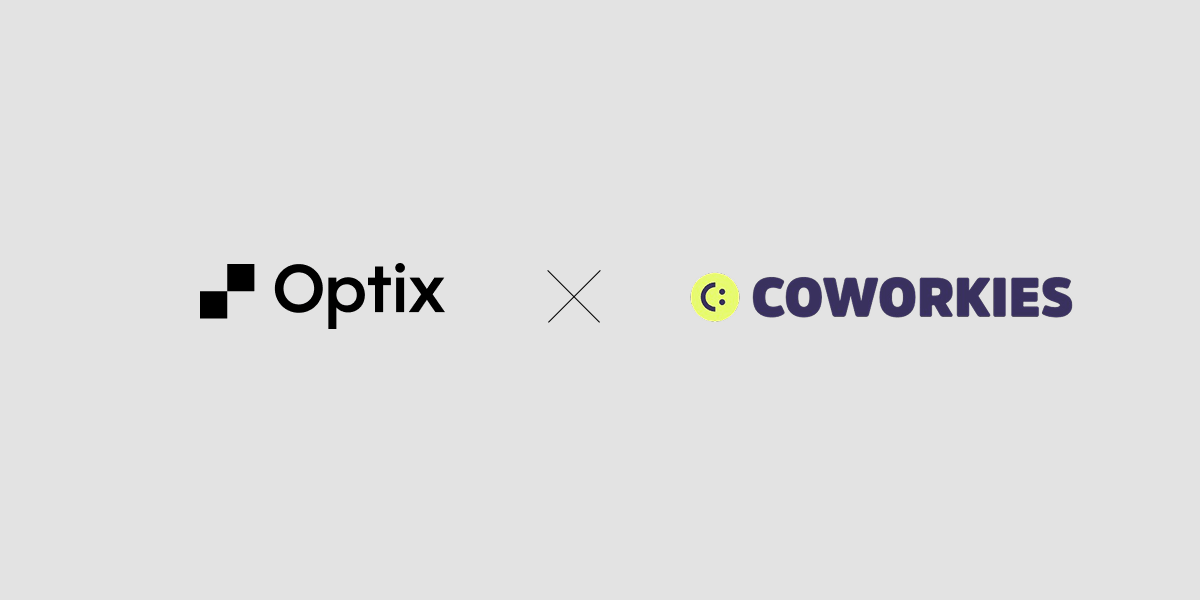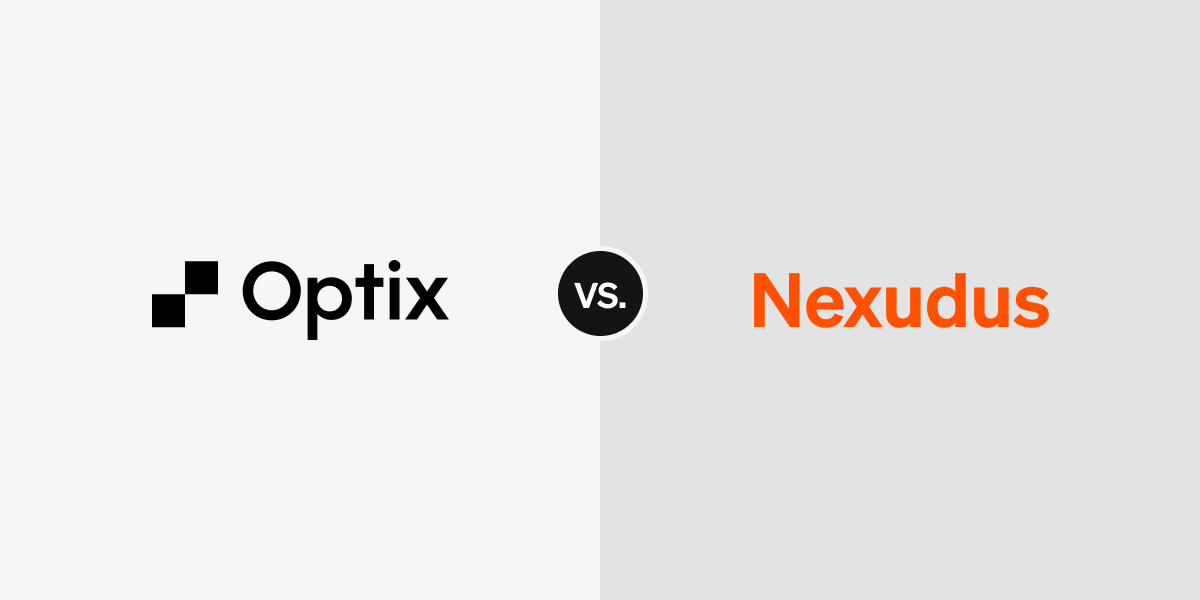
With so many coworking software platforms on the market, it can be tough to know which one is right for you and your business—until now.
In this article, we’ll dive into the key differences between Optix and Nexudus when it comes to managing coworking and flex spaces. We’ll break down the pros and cons of each platform, highlight their strengths and weaknesses, and help you make a more informed decision about which one is the best fit for you.
What is Nexudus?
Nexudus is a workspace management platform used by coworking spaces, flex spaces, and hybrid workspaces. Founded in 2012 in the UK, it was one of the first coworking management solutions on the market. Today, Nexudus offers a comprehensive suite of features—including room and desk booking, invoicing, and billing—and supports customers in over 90 countries.
What are the strengths of using Nexudus for coworking spaces?
Nexudus has several strengths that make it a strong choice for large-scale or enterprise-level coworking spaces.
- Highly configurable: extensive settings, permissions, and modules offer a high level of customization within the platform
- Advanced reporting: built-in analytics and dashboards provide deep insights and make it easy to access and understand your data
- Multilingual and multi-currency: ideal for global operators or those running spaces in diverse markets
- Customizable web portal: a web-first experience that supports knowledge bases, forums, and other community features
- Robust integrations: connects with a wide range of tools and platforms for a more unified tech stack
In general, Nexudus offers more features and capabilities than most other coworking software, along with more robust native integrations.

What are the weaknesses of the Nexudus platform?
Although Nexudus offers a wide range of features, some users across G2 and Capterra report feeling overwhelmed by the platform’s complexity. Below are some commonly cited challenges of using Nexudus in coworking spaces.
- Steep learning curve: many users find the platform challenging to learn and describe training other admins as overwhelming without substantial support or guidance—Nexudus has a number of consultants who specialize in its configuration, the cost of which can be substantial
- Outdated UI/UX: the web portal and admin interface can feel dated, especially compared to newer, more modern platforms, according to some users
- Too complex for small teams: small to mid-size coworking spaces may find the platform unnecessarily complex for their needs
Nexudus is often referred to as the “Salesforce” of coworking software—highly customizable, but far from plug-and-play.

Who is Nexudus best suited for?
Given its strengths and limitations, Nexudus is best suited for enterprise flex space operators who need full control and flexibility over their tech stack. It’s especially popular among large, multi-location operators, executive office suites, and international franchises.
Optix vs. Nexudus
Optix and Nexudus differ in several key areas. Let’s break down each one in more detail below.
1. User experience and ease-of-use
Nexudus can be overwhelming to some users and admin. That’s what was happening at KWENCH coworking space when their team was using Nexudus. Members relied heavily on community managers to make bookings, rather than using the Nexudus system, and it was taking up a lot of their team’s time. It was a big reason why they decided to switch to Optix.
“Operations were definitely clunky - ‘pieced together’ is probably the best way to describe it. Nothing was communicating with each other and it was not efficient.”Caleb K., General Manager at KWENCH
Optix stands out for its exceptional user experience. Optix was voted the #1 coworking software for user experience by Coworking Resources and was awarded over 12 G2 badges in Spring 2025 including “easiest to use” and “easiest admin”. Although Optix offers fewer features than Nexudus, many operators value the ability to get up and running quickly and efficiently. Its sleek design and intuitive interface make it easy to use and quick to get started with.
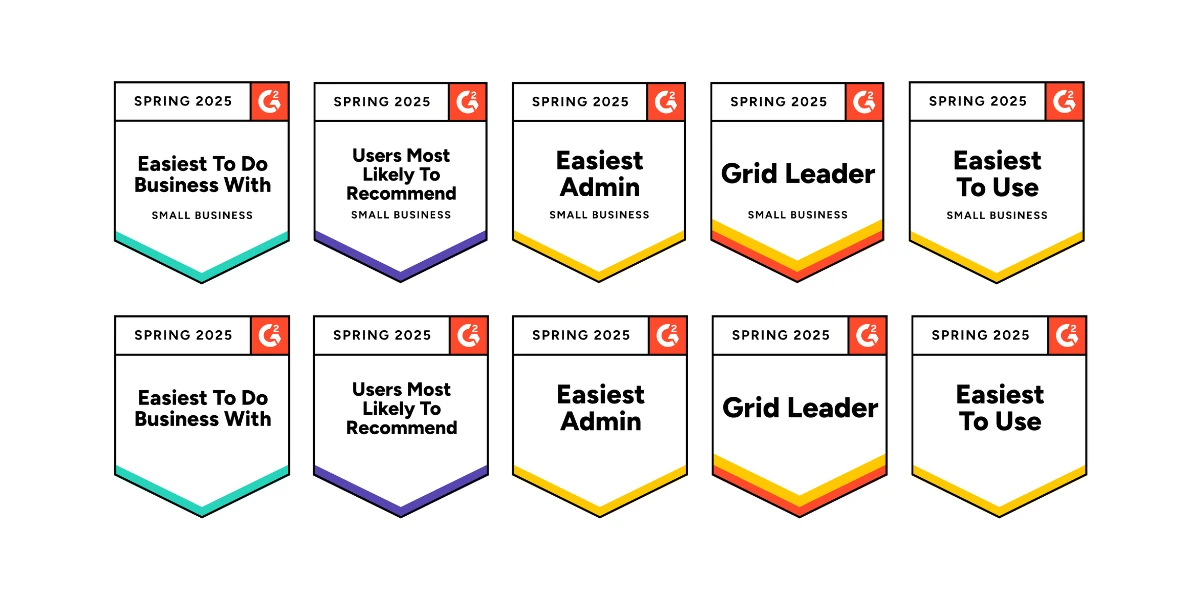
2. Automation capabilities
Nexudus is highly configurable, which is one of the reasons why advanced users love it. This does mean that setting it up can be a manual process. From defining custom modules and permissions to building out workflows, ongoing management can be resource-intensive, especially for operators just starting out.
In contrast, Optix is built with automation at its core. The platform includes a wide range of native automation features that allow operators to streamline repetitive tasks, such as sending follow-up messages, managing leads, or streamlining onboarding and offboarding. This automation-first approach reduces the time spent managing software, freeing up operators to focus more on community and growth.
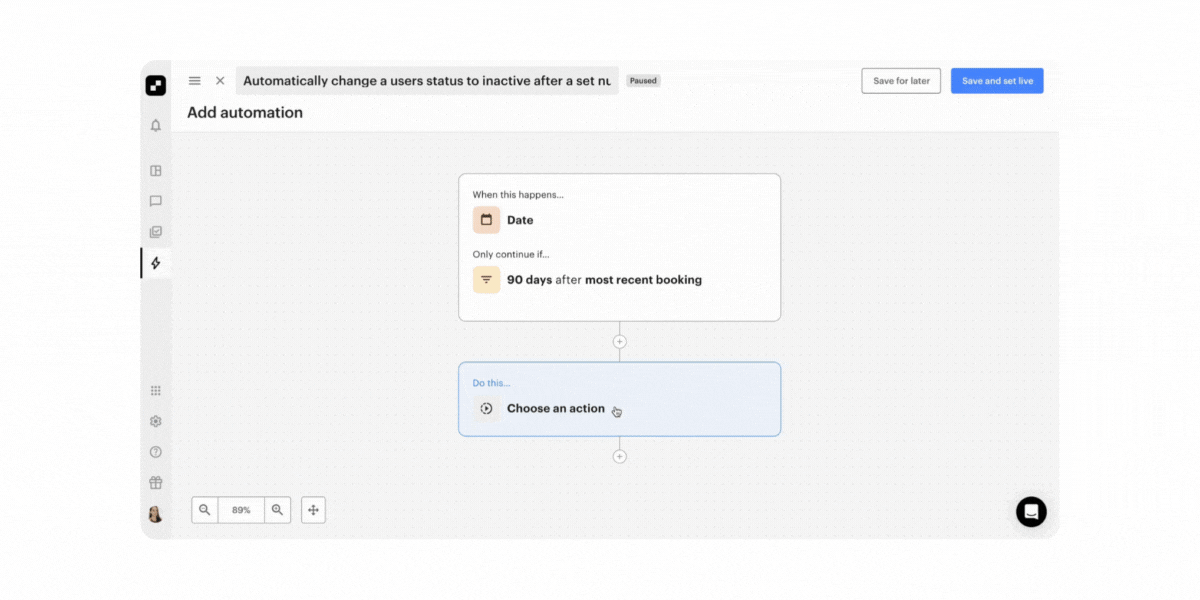
3. Support and partnership
Nexudus takes a pay-to-play approach to support, offering paid support packages for specialized resources. Their support team is based in Europe, which can lead to limited overlap in availability for customers in North America.
Optix on the other hand takes a more partnership-driven approach. Complimentary group onboarding is included for all customers, with white-glove onboarding available on select plans. Their support team operates on North American hours, making them especially well-suited to serve clients based in the U.S. and Canada.

4. Mobile application and white-labelling
Optix is widely recognized for offering the best white-labeled coworking app in the industry. As a mobile-first platform, Optix is designed with the member experience centered entirely around the smartphone. From booking a room to managing invoices or connecting with the community, members can do everything directly from the app.

In contrast, Nexudus takes a web-first approach. Its primary interface for both members and administrators is the web portal, with mobile access available but not as central to the overall experience. In fact, a big reason why Gerald Vanderpuye switched from Nexudus to Optix was because he wanted something that was modern, easy to use, and especially, mobile first.
“Ease of use was more important to me than the number of features or the number of things that we can do. I was on a journey to find something that was both simple on the back end, but also mobile-first.”Gerald Vanderpuye, Co-founder at Impact Brixton
5. Community engagement
While both Nexudus and Optix offer community-building tools—such as event promotion and a Member Directory—Optix places a much stronger emphasis on fostering connection and engagement among members. Its community features are dynamic and mobile-friendly, making it easier for members to interact with each other and stay engaged throughout the day.
Features like direct 1:1 messaging, group conversations, and the Community Feed make Optix a great choice for boutique coworking operators or spaces that prioritize a strong sense of community. If your business model relies on creating meaningful member interactions and a vibrant shared culture, Optix gives you the tools to make that a core part of the experience.
6. Flexibility and customization
When it comes to flexibility, both Nexudus and Optix offer a high degree of customization, but they approach it in very different ways.
Nexudus is known for its deep configurability, giving enterprise-level operators the tools to tailor nearly every aspect of their system. This level of flexibility is powerful, especially for operators of multiple locations with highly distinct needs.
While Optix may not offer the same level of complexity as Nexudus, it still provides plenty of flexibility. Operators can customize everything from plans and resources to user roles, branding, and automated workflows. The difference is that Optix is designed to be intuitive out of the box, so customization feels more like a guided experience than a DIY project.
7. Who they serve
As mentioned, Nexudus is best suited for enterprise coworking spaces and multi-location operators that require a high degree of customization and flexibility. Optix, on the other hand, is a better fit for modern, forward-thinking operators who value ease of use, automation, and the ability to manage their space from anywhere.
Summary of key features: Optix vs Nexudus

Optix vs Nexudus: Which one is best for you?
If Nexudus is the Salesforce of coworking software, then Optix is more like Apple. One is highly configurable and feature-rich but comes with a steep learning curve; the other is simple, intuitive, and easy-to-use.
Ultimately, the right platform for you depends on your business model, your goals, and what you value most—whether that’s customization, ease of use, automation, or analytics. If you’re deciding which software is the best fit for your space, we recommend trialing both platforms to see which one aligns best with your needs.
Give Optix a try (you'll be glad you did)


